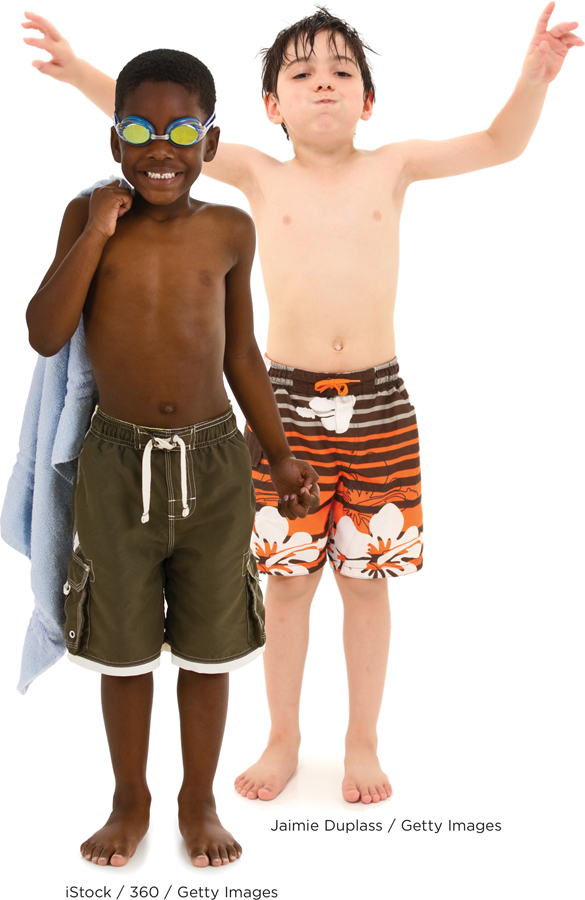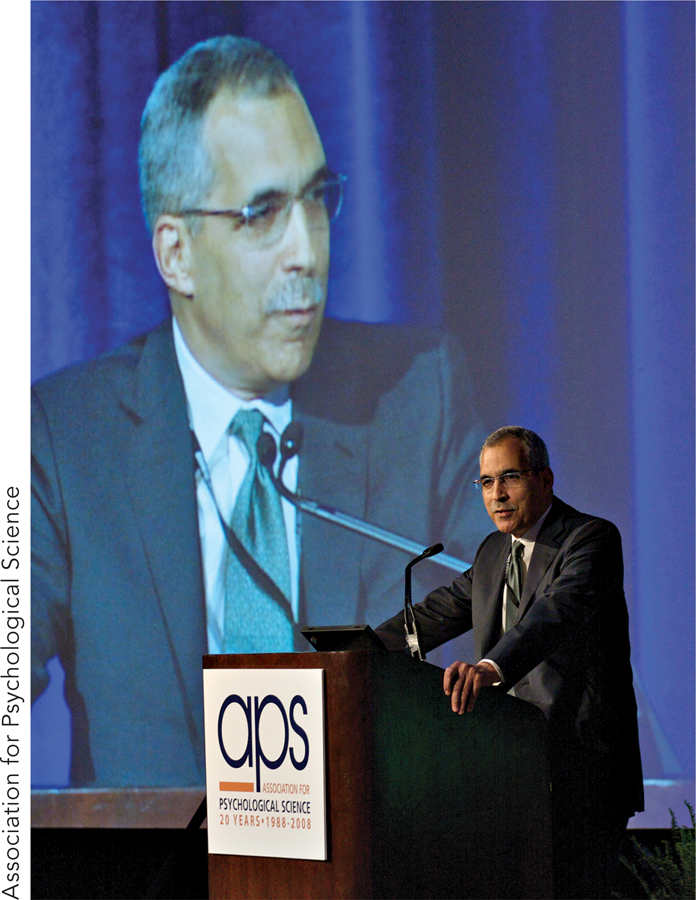Chapter 1 Introduction
78
For scientific purposes, treat people as if they were human beings.
– Harré & Secord

INTRODUCTION
1 Introducing Psychology
2 Research Methods
79
Introducing Psychology 1

3
CHAPTER OUTLINE
Today’s Psychological Science
Six Contemporary Psychologists
The Diversity of Psychology
The Unity of Psychology
Scientific and Nonscientific Questions About Human Behavior
Thinking Critically About Psychological Science
RESEARCH TOOLKIT: Open-
Minded Skepticism
Psychology as a Science of Person, Mind, and Brain
Levels of Analysis
A Levels-
of- Analysis Example: Gender, Stereotypes, and Math Performance Psychology: The Science of Person, Mind, and Brain: An Overview
Psychology’s History
Psychologists in the Ancient
World: Aristotle and the Buddha
Jumping Ahead 2000 Years: Locke, Kant, and “Nature Versus Nurture”
Moving Into the Modern Era: Wundt and James
CULTURAL OPPORTUNITIES: Psychology Goes Global Schools of Thought
Looking Back and Looking Ahead
CLAUDE, AN AFRICAN AMERICAN CHILD GROWING UP in Chicago in the 1950s, was puzzled. He learned that he could swim in the local municipal pool, but only on Wednesdays. He could skate at the neighborhood roller rink, but only on Thursdays. These were the rules for “Black” kids. “We could be regular people,” he said to himself, “but only in the middle of the week?”
Where, he wondered, did the rules come from? How many were there? Why did they apply to some people but not others?
Years later, a psychologist analyzed the dilemma faced by this child and millions more. He explains that, from experiences like this, children learn two lessons. They learn they are not merely individuals but members of a group—
The psychologist then had an idea. He thought that stereotypes might affect people’s performance at school. If people are reminded of a negative stereotype about their group just before taking a math test, for example, the stereotype might distract them, make them anxious, and lower their test scores.
Then the psychologist and his colleagues did something important: They tested his idea through scientific research. Their experiments show that:
Stereotypes affect people: When reminded of a stereotype about their group, people tend, on average, to perform less well.
Stereotypes affect the mind: They create mental distractions and feelings of anxiety that interfere with the thinking processes needed to perform well on tests.
Stereotypes affect the brain: They activate brain regions that generate emotional reactions, rather than brain regions that contribute to good test performance.

4
Here you see the psychologist’s journey: from ideas about human experience to research on people, the mind, and the brain that puts those ideas to the test.

It was the child’s journey, too—
It will be your journey, too. Test your own ideas about the human experience as you learn about psychology: the science of person, mind, and brain. ![]()
Preview Question
Question
 What is psychology?
What is psychology?
WELCOME TO PSYCHOLOGY. Our opening story about stereotypes and their effects on people, the mind, and the brain shows you what this field is about. Psychology is the scientific study of:
Persons: people and their behavior, including behavior in social and cultural settings
The mind: mental activity, including feelings and thoughts, in humans and other species
The brain: the biological basis of the abilities to behave, feel, and think
Psychology is, in short, the science of person, mind, and brain.
This chapter introduces the science of psychology. It first presents the job activities of six contemporary psychologists. Their work displays not only psychology’s diversity, but also one of the field’s unifying themes. As you will see, that theme involves scientific methods. Psychologists do not rely merely on intuitions when studying people, the mind, and the brain; they rely on evidence gathered through scientific research.
Next, we present some psychological research. You will see how three types of research—
Finally, we’ll look back at psychology’s history. Ancient scholars posed some of the questions that are pursued in psychology today. The big difference between the present and the past is today’s scientific methods, which enable psychologists to provide novel, data-